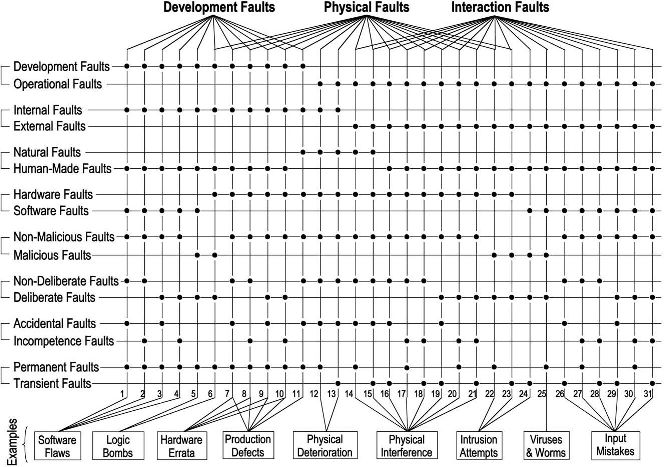This pattern has been certified.
Related submission, with evaluation history, can be found here

|
Last modified date is: 2009-08-29
|
General information
Description
| Problem description
|
There are ontology domain concepts that are difficult to represent due to the complexities in their definition and the presence of multiple alternative criteria to classify their abstractions.
|
| Solution description
|
Introduce the following types of classes:
- Criterion_i: These classes represent each one of the alternative abstraction criteria of the TargetDomainConcept (Criterion1, Criterion2, Criterion_i in the Figure above). The list of classes may not be exhaustive or pairwise disjoint.
- Ci_Class_x: These classes refine each abstraction criteria class (C1_Class1, ..., C2_Class1, ..., Ci_Class_i in the Figure above). The list of classes may not be exhaustive or pairwise disjoint.
- CiClass_xCjClass_y, Ci_Class_xClass_y: These classes participate in multiple inheritance relationships combining different refinements from the alternative abstraction criteria classes (C1Class3_C2Class2 and C1_Class1Class2 in the Figure above).
|
| Implementation workflow
|
|
| Reusable component
|
|
Example
| Problem example
|
600px]] Figure 2. The elementary classes of Fault in Avizienis et al. [1] used in the ReSIST KB ontology.  Figure 3. Matrix representation of Fault in Avizienis et al. [1] used in the ReSIST KB ontology. Figure 3. Matrix representation of Fault in Avizienis et al. [1] used in the ReSIST KB ontology.
|
| Solution example
|
Figure above in particular, shows a matrix representation of all types of faults which may affect a system during its life. Implicitly, the figure reveals several alternative criteria for the classification of faults:
- A first criterion can be derived from the left column of the matrix (listing the basic view points from Figure 2: Development/Operational Faults, Internal/External Faults and so on). This column represents the values of the eight basic viewpoints which lead to the elementary fault classes.
- A second criterion can be abstracted from the bottom row (listing numbers 1 to 31). This row represents the 31 likely combinations of fault classes out of the 256 possible.
- A third criterion is implicit at the top row, representing the three major partially overlapping groupings of faults: Development, Physical and Interaction.
- A fourth criterion can be seen at the bottom row, labeled Examples, containing nine illustrative examples of fault classes.
|
| Consequences
|
|
Pattern reference
Scenarios
Scenarios about View Inheritance
No scenario is added to this Content OP.
Reviews
Reviews about View Inheritance
There is no review about this proposal.
Some subquery has no valid condition.
This revision (revision ID 5645) takes in account the reviews: none
Other info at evaluation tab